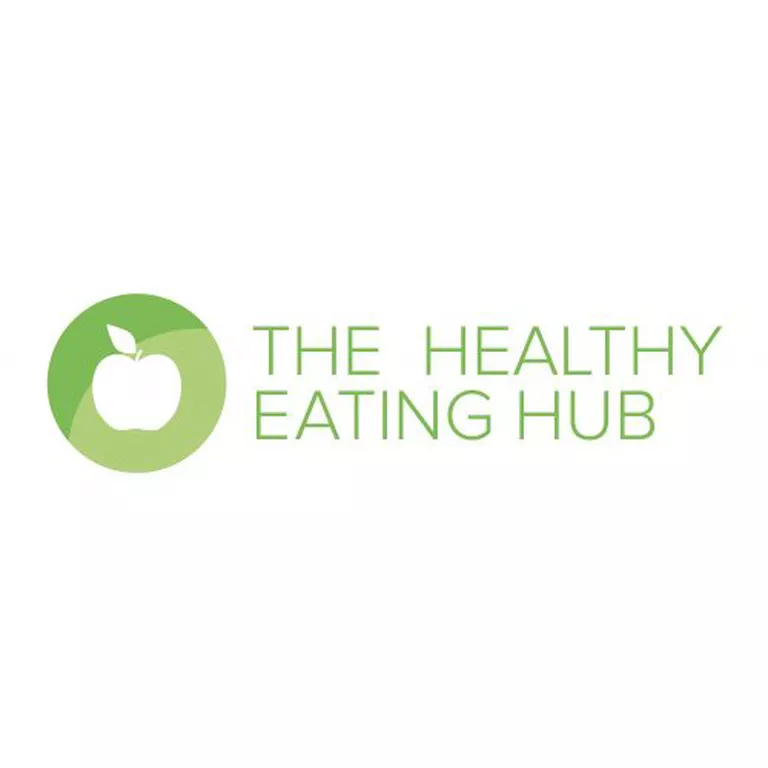Knowing that carbohydrates are important for long-term health is all well and good, but plenty of carbohydrate-rich foods aren’t healthy. In addition, the environment we live in means many people have sedentary, inactive lifestyles, and we’re surrounded by processed, high-energy, low-nutrient foods. Choosing which foods to eat isn’t as simple as it used to be. This is why it’s important to think about the quality and quantity of carbohydrate-rich foods that you consume each day.
Quality
As mentioned earlier, fruits, vegetables, whole grains, legumes, nuts and seeds are all carbohydrate-rich foods and also contain many other nutrients. It’s these whole foods that you want to build your diet out of first. When we choose a whole food, not only do we eat carbohydrate in a more appropriate amount, but we also get the whole combination of nutrients that the food contains. It’s this combination, delivered to the body as a whole food, that promotes health in our bodies.
Quantity
Because we spend a good deal of our days sitting and not being active, even when we’re choosing whole foods we can still consume more energy than our body needs. In fact, the overconsumption of carbohydrate in excess of the body’s needs is where we fall into ill health. Excess carbohydrate intake places a large metabolic load on the body. When the body constantly has high levels of blood sugars (the end point of food sugar and starch) to deal with over time, this leads to weight gain, poor metabolic health and an increased risk of heart disease.
Understanding a healthy portion size that’s right for you is a really important part of the process. Everybody has slightly different energy and carbohydrate needs. Advice from a qualified nutrition professional will come in very handy at this point. A trained professional will take into account your goals, your metabolic health, your activity levels and your food preferences before making recommendations. They shouldn’t give you a one-size-fits-all approach – if they do, please seek a second opinion.
A good place to start is to fill ¼ of your dinner plate with carbohydrate-rich foods like brown rice, sweet potato, quinoa, rolled oats, wholemeal pasta, grainy bread, lentils, chick peas or corn on the cob. Fill the rest of your plate with vegetables and protein-rich foods. Then tweak it up or down depending on your energy levels, appetite and goals.
For more practical ideas on how to include carbohydrate-rich and protein-rich foods in your diet, check out 5 healthy carbohydrate-rich foods and 5 protein-packed meals.











